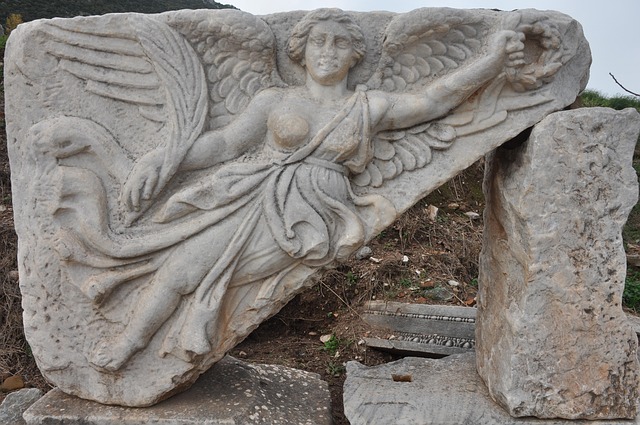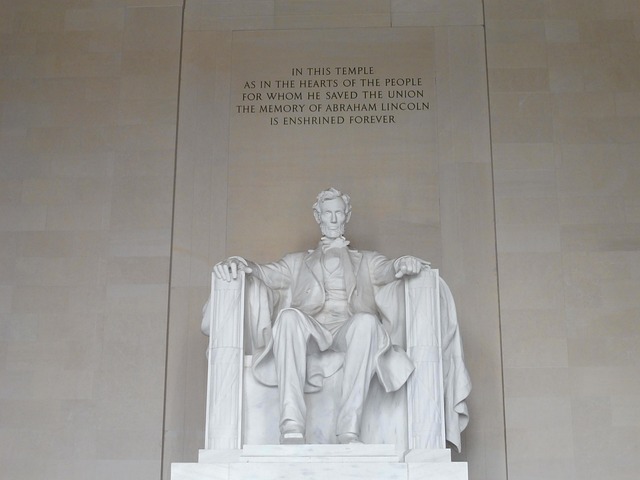Aphrodite, the illustrious goddess of love and beauty, occupies a unique position in the pantheon of ancient deities. Revered across different cultures, her influence stretched far beyond mere aesthetics and romantic entanglements, threading its way through the complex tapestry of religion and spirituality in the ancient world. From the shores of ancient Greece to the heart of Rome, Aphrodite embodied the ideals of beauty, desire, and fertility, making her an integral part of various religious practices and belief systems.
In the context of ancient Greek religion, Aphrodite was not just a divine figure; she was a symbol of the essential human experiences of love and longing. Temples dedicated to Aphrodite served as places of worship where individuals sought her favor, hoping to attain the bliss of love, the joy of companionship, and the fulfillment of desire. The rituals often included offerings of beautiful objects, flowers, and even acts of devotion that allowed worshippers to connect with her divine essence. This interplay between human emotions and divine influence highlights how deeply intertwined love and spirituality were in the lives of those who honored her.
While many viewed Aphrodite through the lens of romantic love, her influence extended to wider aspects of life, including the pursuit of beauty and the power of attraction. Artisans created sculptures and paintings inspired by her form, underscoring the belief that beauty itself was divine and worthy of veneration. This artistic expression wasn’t merely about aesthetics; it reflected a reverence for the principles Aphrodite stood for, fundamentally altering the perception of beauty in the spiritual domain.
Moreover, Aphrodite’s characteristics were not limited to the superficial notion of beauty. She was often associated with deeper emotional connections and the complexities of human relationships. Her mythology introduced a multiplicity of narratives that explored the nuances of love in all its forms—unrequited love, passionate unions, and familial bonds. Each story added depth to her character, turning her into a multifaceted deity that captured the essence of human experiences in relation to love and worship.
The cult of Aphrodite also reveals how ancient societies integrated spirituality into the everyday lives of individuals. Festivals in her honor offered communal spaces for celebrating love, connections, and even fertility, reinforcing the belief that the divine was present in all facets of life. These gatherings provided not just a platform for worship, but also an opportunity for community bonding, echoing the belief that love, a gift from Aphrodite, was essential to human existence.
As we delve into the legacy of Aphrodite, it becomes clear that her significance as the goddess of love and beauty transcends time. In exploring her narratives, worship practices, and influences, we discover that she serves as a mirror reflecting our deepest desires and drawing upon our connections to each other and to the divine. The lessons embedded in her myths continue to resonate, reminding us of the universal pursuit of love, the importance of beauty in our lives, and the sacredness of emotional bonds. Aphrodite remains a timeless emblem of the power and divinity inherent in love itself, encouraging us to embrace and celebrate our connections with others in meaningful ways.




